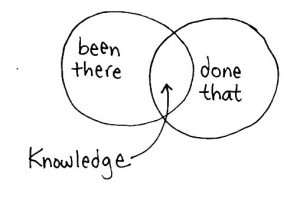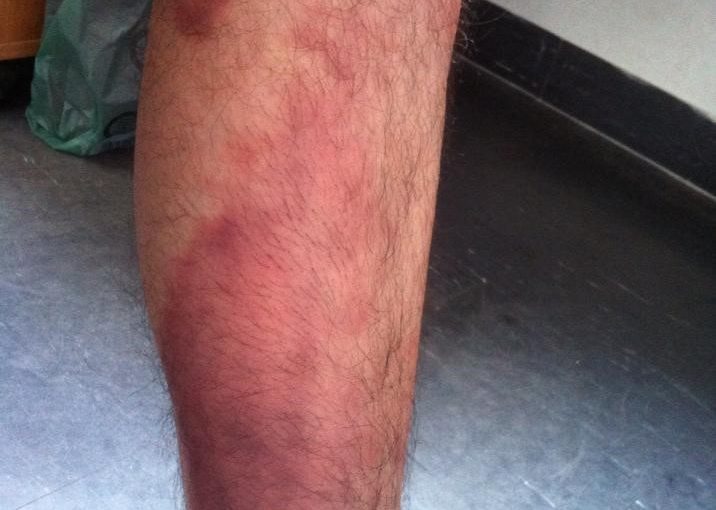When I was a kid and I know this may confuse some of
the younger readers, I didn’t have cable T.V., internet, or computer
games. We had a T.V. that on a good day we could receive 4 channels
and most of the time just 3. Winter was rough because there were many
days that going outside was not an option. The area I grew up in
didn’t receive a lot of snow but we would have long cold spells with
high winds and no sun. So to keep us entertained my father taught us a
lot of different games but one of my favorites was chess.
I watchedhim and my uncle’s play and loved the way they would spend the time
between move busting each-others chops with one liners and jokes. So I
asked my dad to teach me how to play. He said yes and thus began a
lifelong friendship with the game. He showed me each piece and told me
where they went and how they moved. For the first few months I just
tried to survive each game for more than a few moves. Time passed and
I got a little better and after a while I could stay in the game
longer and longer and I still remember the first time I said that
magic word, Checkmate!
If you look at chess and then look at conflict of any
sort you can see the comparison. After the first move of each player
there are over four hundred possible board positions, after each
player moves again there are something like 197,742 or so. And after
that it just spirals in a mass of confusion and anarchy. Now most
games last somewhere around 40 moves depending on the experience of
the player. Sometime more sometime less. I spent a lot of time getting
mad because I was getting beat in 4 to 5 moves but as I learned the
game I began to last longer and longer. What I wanted to chow you was
that chess is a lot like a conflict between two people, be it an
argument between a married couple to a bar fight. Conflict is conflict
it just varies in degrees of violence and actions.
When a conflict happens it begins with an opening
move. Let’s take an argument between a young married couple. I know in
my first marriage I thought I had to win each fight if I wanted to be
the man of the house. Ha, freaking Ha! What this cause was a tons of
headaches and hard feelings, and finally a nasty divorce.
What I didn’t know was I could say I am sorry and I am wrong and not mean it.
I had a choice I could be right or I could be happy, not always both
at the same time. Now as I have grown older and just a little wiser, I
will apologize first and listen actively as the list of my sins are
read to me. I apologize and move on to a more peaceful time. Why you
asked? Because I play 3 moves ahead due to experience and can see the
outcome is not worth the effort of continuing the argument. I win by
giving in and moving to another game.
Now let’s take this to another level. I am sitting in
a bar and a man I have had problems with has drank enough liquid
courage to step up and try and start a fight. Again here is the
analogy between chess and conflict. He just make an opening move by
letting his ego overrule his better judgement. Now, I don’t know that
he has chosen to make his move, but as he approaches me I will see that
he has.
He comes to me and begins to inform me of what a piece of crap
I am and how he is going to do whatever comes to his drug filled mind.
Now I have a choice of moves. I can throat chop him, reach out and
break his leg, bust a bottle across his chops, or I can call for the
bouncer and let the guy getting paid for it to deal with the
situation. Again, I need to every choice. Do I choose to risk going to
jail or face a lawsuit? Do I let professionals handle it and take the
burden off myself? These are thing I need to decide in a split
instant.
Now each one of these decisions have an outcome that can
work for me or against me. If I do take matters into my own hand and
bang on him, is he going to react the way I want him too? (I had a
young kid one night hit me with a right left right left combo and I
leaned down to tell him to go home, he ran away. Another night I
kicked a guy in the nuts and he smiled at me. (I knew life was going
to suck for a while.)
Same as with chess is a person going to do what
I want him to do as a reaction to my moves. Is he playing 5 moves
ahead to my 3, what’s going to happen if I do A and he responds with a
E instead of a B move. These are things that you need to be able to
deal with and adapt to as the situation progresses. Every conflict
situation you encounter will be this way. If I attack his foundation
will he fall or will he change tactics and attack with a tool or
reposition himself so that my attack will have to change. This is one
of the reasons I teach that there is no one sure fire 100% guaranteed
system or move that will end the situation in your favor short of
destroying the brain function completely and that in itself leads to a
whole new set of problems.
Again as in chess you may not be playing just one
person. With chess people study the moves of the ones that have played
more than them. They learn what moves to make in response to
situations and what not to do. With a conflict situation you may be at
odds with someone that isn’t alone or has been in more of fights than
you have and knows what to do and when to do it, they may also know
just how much that they can take and that in itself is a game changer.
Chess is a great analogy to conflict management in that it is always
changing, and moving, never static and never a given that you will
win. You must remain as fluid as the situation demands. If you need to
apologize to walk away intact then that is what you do. If you need to
throat chop one guy, and then rip another’s eye out to get away safely,
then that is what you do. But as with chess you need to be a student
of the game to play it wisely.



